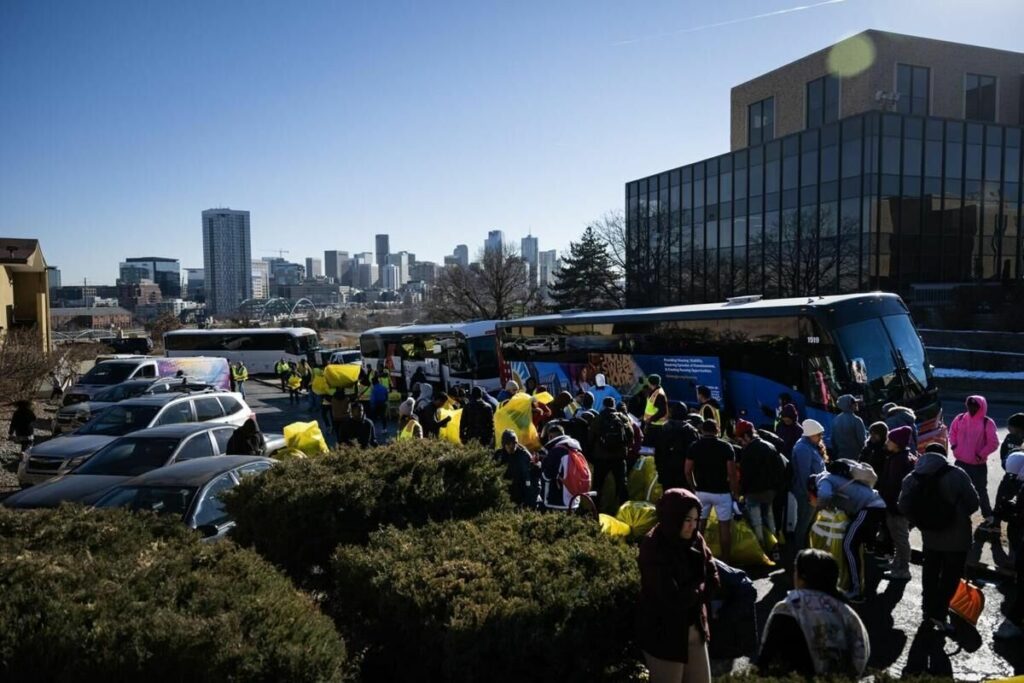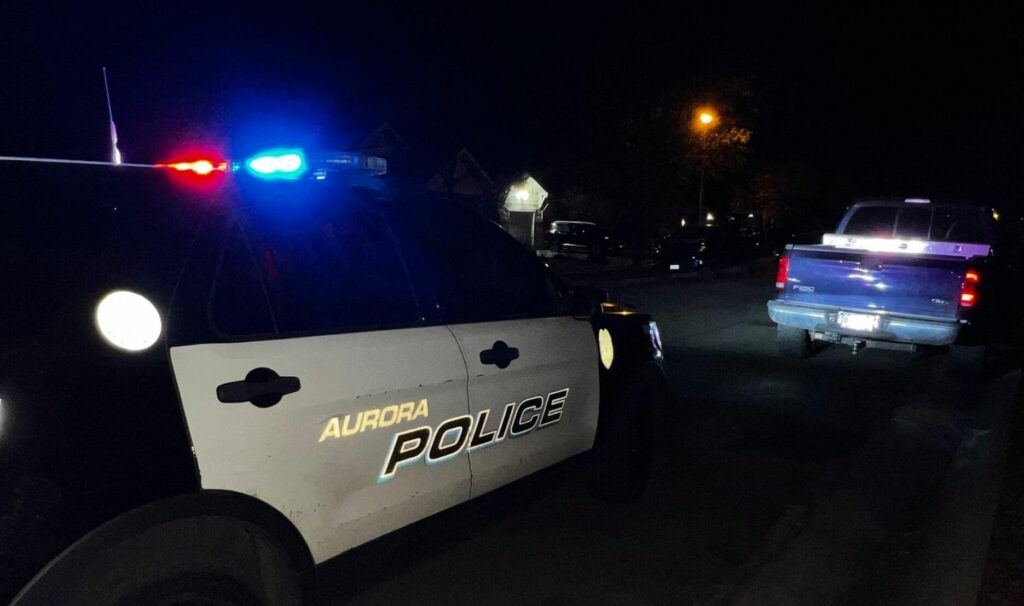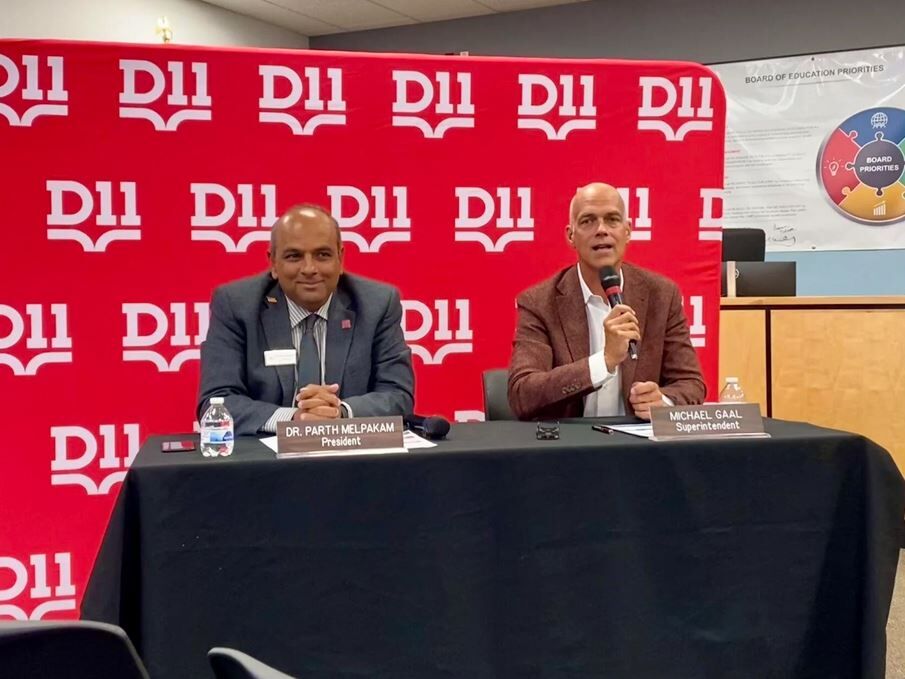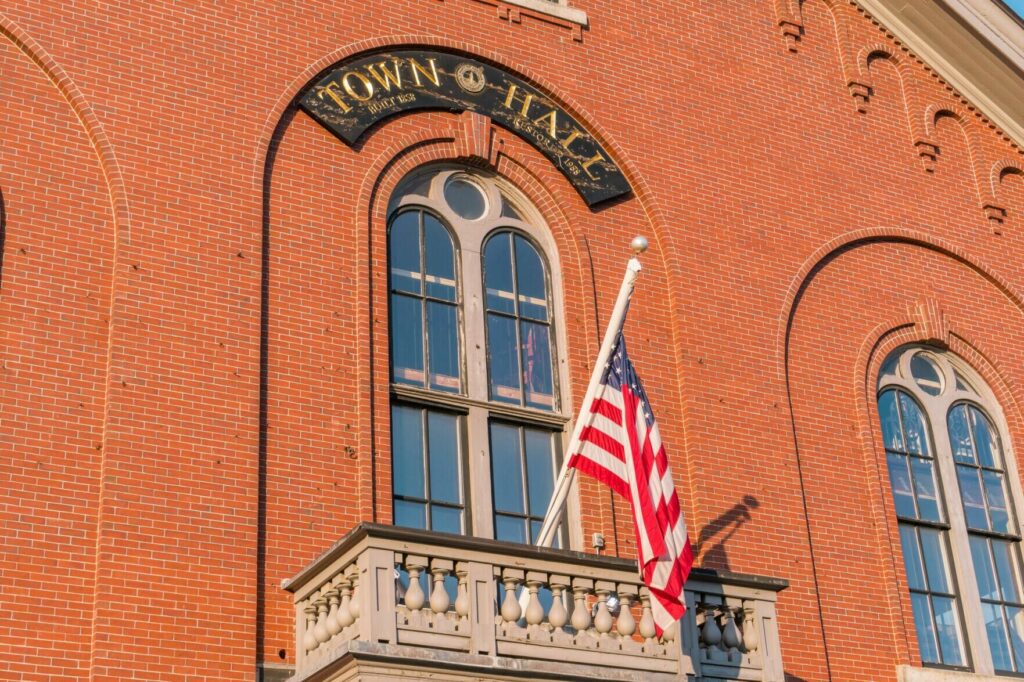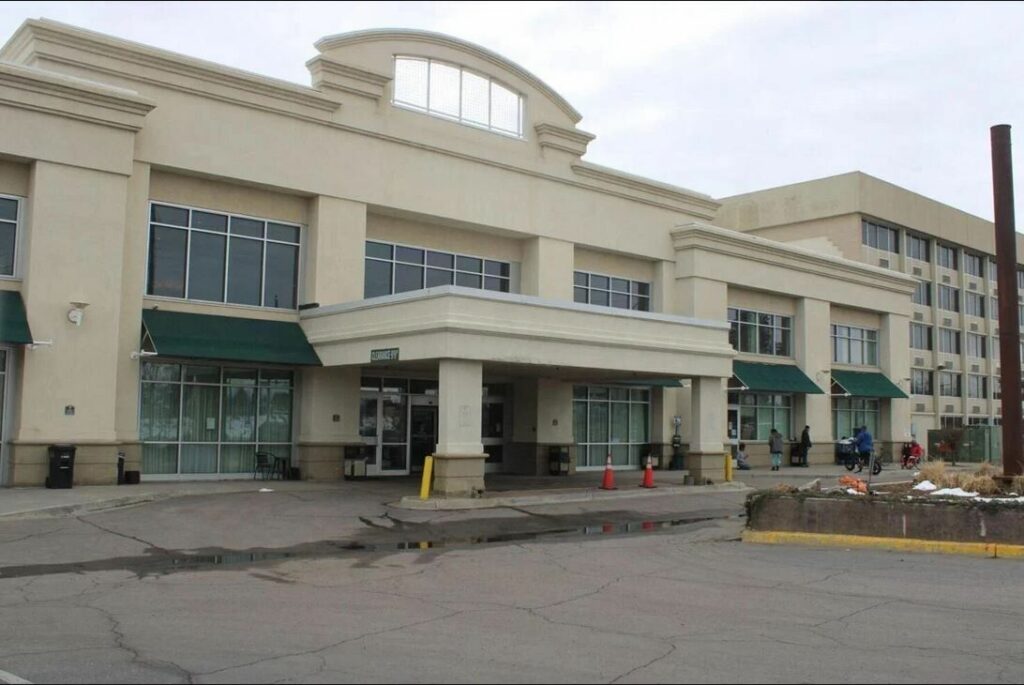The urgent need for more school choice in Colorado | Colorado Springs Gazette

The only downside to school choice in our state? There isn’t enough of it.
It’s the right prescription for what ails Colorado’s public schools – an inoculation against the plague of malaise and abysmal performance at too many schools in too many communities.
It’s why we salute the 14th annual National School Choice Week, which kicked off Sunday and runs through Saturday in Colorado and across the rest of the country. It’s a week in which school choice’s diverse advocates and supporters not only raise the movement’s profile for state policymakers but also reach out to parents to help them take advantage of the education options available to them.
The observance, organized by the National School Choice Awareness Foundation, will feature over 460 fairs and other events scheduled around Colorado, out of some 27,000 such engagements planned nationwide. Parents will be able to drop by for an overview of offerings and plug into the programs they feel are right for their children.
Stay up to speed: Sign up for daily opinion in your inbox Monday-Friday
“Countless families will find a great school that changes the trajectory of their children’s lives this January,” predicts the foundation’s Shelby Doyle in a press statement.
Choice isn’t about a particular approach to educating our children; it embraces wide-ranging alternatives to traditional neighborhood schools run by local school boards.
Choice includes Colorado’s 260-plus, publicly funded, independently run charter schools. They have proven wildly popular since authorized by the legislature over 30 years ago and now educate some 135,000 Colorado school kids. That’s 15% of the state’s total public school enrollment. Each charter school can map out its own innovative curriculum and approach to learning.
Choice also includes public magnet schools and innovation schools that are directly run by school districts but with much more flexibility to develop their curriculum and focus in a given subject area, like STEM or the fine arts. Online learning also plays a growing role in the school choice mix as does homeschooling. Parochial and other private schools are choices, too.
The premise of that diverse menu is no one type of school is the best fit for all kids.
Unfortunately, the outdated and shortsighted, one-size-fits-all model of the traditional neighborhood school is still the only option for most Colorado K-12 children. That’s because there’s not nearly enough capacity, so far, among school-choice options to handle demand. Many lower-income families trapped in some of the lowest-performing neighborhood schools also face transportation challenges; school buses don’t serve charter or private schools.
Plenty of parents also aren’t aware of what options are available. That’s where the fairs and other outreach of National School Choice Week come into play.
The need for more choice is more urgent than ever. As we noted here in August with the release of the annual Colorado Measures of Academic Success, or CMAS, achievement test scores – student performance continues to lag that of the last full academic year before schools were shuttered amid COVID. The number of fourth- and eighth-graders who can read and write at or above grade level is still 4 percentage points lower than the number who could do so in 2019.
And Colorado’s pre-COVID scores were abysmal to begin with. In 2019, only 44.5% of Colorado students met or exceeded expectations in English, and 32.7% did so in math. That’s below an F.
Meaning, the status quo is failing most of Colorado’s children. They deserve a choice.
National School Choice Week’s organizers offer an information-packed, state-by-state breakdown of options for parents. Learn more about Colorado’s options at: https://schoolchoiceweek.com/guide-school-choice-colorado/
Colorado Springs Gazette Editorial Board




